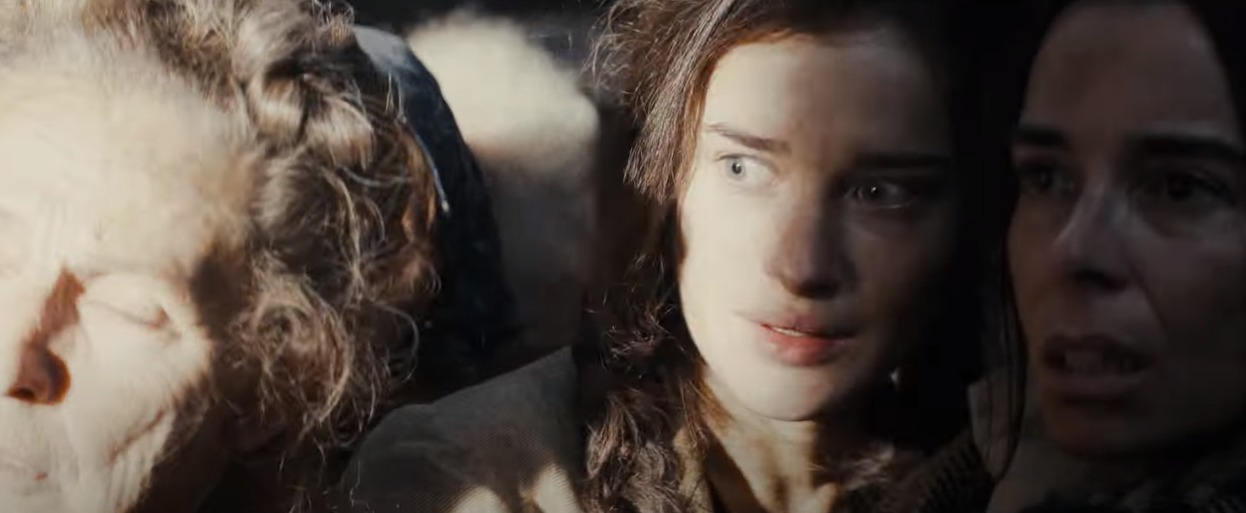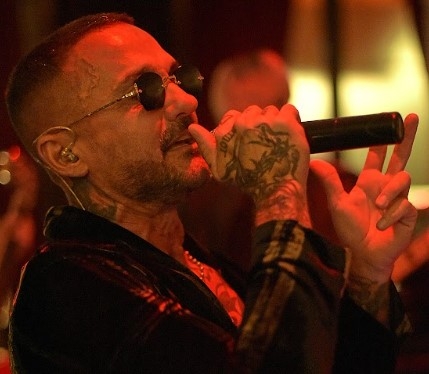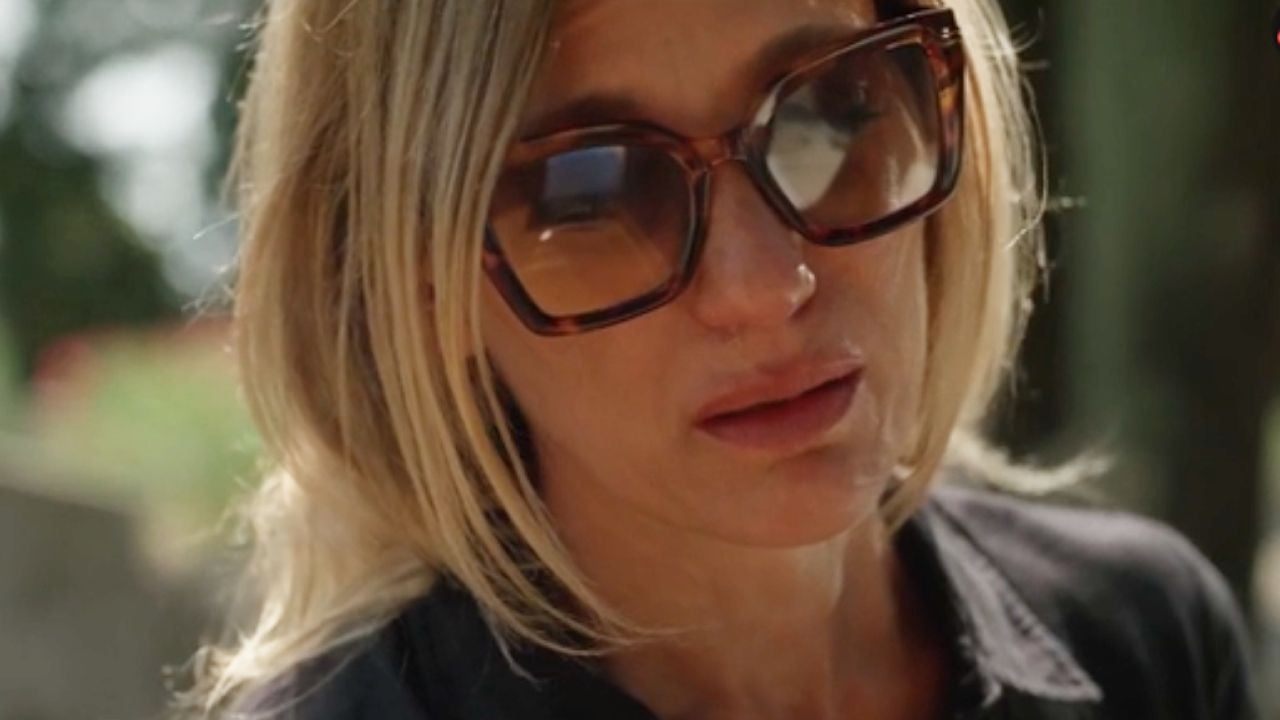Simone, the journey of the century : the life of Simone Veil
Olivier Dahan had impressive success in 2007 with The boythe biopic of Edith Piaf brought forward by Marion Cotillard. In 2014 he returned to the genre by focusing on Grace Kelly Grace of Monaco. Almost ten years later, this time it is one of the greatest figures in French politics to be highlighted Simone, the journey of the century dedicated to Simone Veil.
Appointed Minister of Health in 1974 by Valéry Giscard d’Estaing, Simone Veil, Holocaust survivorhe fought strenuously against discrimination against women and in particular adopted the Veil lawallowing the decriminalization of abortion in France. To play her on the screen, the director called two actresses. On the one hand Rebecca Marderthen an emerging figure in French cinema (see our Portrait interview), to tell the first part of Simone Veil’s life. And on the other Elsa Zylberstein who plays her older thanks to the prosthetics.

Although Simone, the journey of the century was not as successful as The boy (more than 5 million spectators in France), will still have attracted more than 2.4 million spectators in cinemas. An excellent score to which they must be added two awards at the 2023 César Awards for the best costumes and sets.
Complicated sequences for Olivier Dahan
We therefore follow Simone Veil from her youth in the 1930s, until her final moments, dying on 30 June 2017. Olivier Dahan obviously could not hide the period of the Second World War. The director then wondered how he would do it they depict the horror of war and concentration camps.
If he isn’t the first to do it, it always remains delicate. Because if some believe that representing the concentration camps is part of the work of memory, for others a moral question arises. Furthermore, as he explained in press kit from the movie, what else could he bring? compared to other jobs?
I asked myself a lot of questions about the play. I cut scenes from the script. What could I show when all is said and shown? But I told myself that it is not because the extermination camps were seen and shown that the younger generations saw them. It is not obvious that the little ones have seen Schindler’s List, Shoah, The Pianist or even Son of Saul. I wanted to make a film that was very accessible and challenging at the same time. So what could I allow myself to show? I filmed the arrival in the camps: the first dehumanization.

Olivier Dahan then films these difficult-to-watch sequences, featuring increasingly weakened bodies and shaved women. But the hardest part was yet to come for the director with a sequence”worse than Dachau and Auschwitz” through which he wanted to deala text by Simone Veil of which he did not want to take anything away.
Then there is this very strong episode that follows the liberation of the camps. After the death march, there was a whole sequence, worse than Dachau and Auschwitz, when the Reich collapsed: a form of wandering during which rapes, murders, etc. took place. I wanted to approach this episode in a non-descriptive way. I used a long text by Simone Veil on which I mounted images of landscapes that flow in a sequence shot. As we progress through the plane, we go back in time. The text is a story that tells how, after Auschwitz, we can fall even further into hell. This is undoubtedly the most important part of the camp episode for me: only the literal narrative tells the story. I didn’t even see how I could add a word or delete a sentence.
Source: Cine Serie
Ray Ortiz is a journalist at Gossipify, known for his coverage of trending news and current events. He is committed to providing readers with accurate and unbiased reporting, and is respected for his ability to keep readers informed on the latest news and issues.









